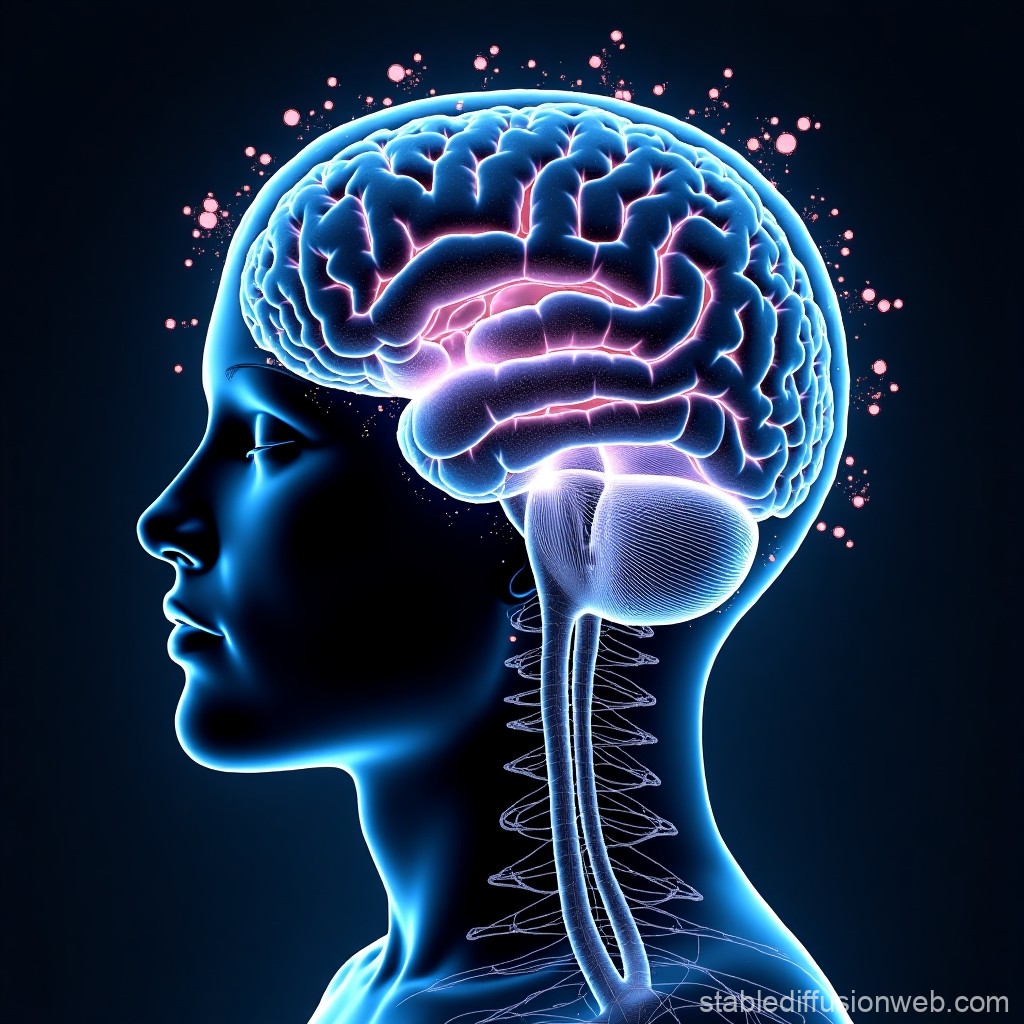
Dr. Simon Hanson reviews Rita Carter's book Mapping the Mind.
The often-used phrase "I believe it when I see it" betrays a very intimate fact of human nature. We are visual creatures and rely on sight to serve as a judge of what is real and what is not. When discussing the intricacies of the human mind, for most of society's existence, things have not been visible; we have, for the most part, relied on intangible concepts, metaphors, and words to explore our inner psyche. I have no idea what my ego looks like. I must have one because it can be hurt or appeased by how others treat me. But how do I know it really exists?
Recent progress in brain research and neuroimaging is changing all of this. With our modern technology of functional imaging, we can now look at the brain as it is working and attribute activation in certain areas of the brain to behaviors, thoughts, and feelings. In essence, our new tools are prompting new thoughts on who we are and how we are organized. Rita Carter's book, Mapping the Mind, explores these issues and exploits science's ability to look into our heads as a tool to examine who we are.
In its most basic form, Carter's book serves as a very accessible introduction to the subject of neuroanatomy, a subject most of us would not appreciate fully without investing in a semester of medical school. Mapping the Mind uses beautifully rendered three-dimensional computer images of the brain to explain anatomical structures and pathways. The presentation style acknowledges our natural bias towards perceiving and learning information visually. Presenting the concept of a brain area devoted to maintaining attention by calling it the "anterior cingulate cortex" would probably put most readers to sleep while their brains struggled to use that area to focus on what the name meant. Showing the reader a three-dimensionally-oriented area that easily translates to a place we can point to on our skulls grounds the anatomical vocabulary in something we can all understand - our own heads.
In spite of the title, however, the book is not an exact map or a reference guide. Its chapters cover concepts such as perception, emotions, memory, and higher consciousness, and are best read rather than referenced. The book, beautifully accented with brain-oriented artwork of both pure aesthetic and illustrative value, walks a pleasing line between college textbook and coffee table art book, describing the subtle nuances of vision, language, thought, and feeling with science and art.
While the art requires no explanations, Carter uses her background as a journalist to keep the reader engaged in the science. Factual support in the form of documented cases is liberally employed to show the abstract concepts in recognizable behaviors and consequences we can all relate to. For example, in describing brain circuitry involved in controlling anger, Carter uses familiar situations, like suppressing anger when we feel we have been insulted, to illustrate the neuroscience involved. She follows with a discussion of children's emotional maturity, pointing out that in children, the areas involved in inhibition of anger are not as well developed as in adults, providing an explanation for the tantrums of a six-year-old. Carter presents the science in an engaging yet factual manner, allowing people to draw their own conclusions and connect the dots between scientific discovery and what it means in our daily lives.
By presenting neuroscience in this manner, Mapping the Mind seems to aim itself at an audience that is often forgotten: the general reader who wants to know more about a specific area of scientific study. From a scientific perspective, danger often lurks when writing for a general audience as scientific credibility can be sacrificed in order to keep readers engaged. Carter circumvents this problem by including the participation of research scientists in the writing. The book is littered with short directed essays written by specialists in specific areas of brain research.
One of my favorite features of the book is the optical illusions. As a teacher, I am always searching for ways to make information relevant to the reader. Mapping the Mind does this by peppering appropriate chapters with optical illusions that illustrate how the brain processes information. These delicious enigmas do not stand alone as supplementary information or unrelated facts but are accompanied by textual explanations and insights into what causes the perceptual incongruities. I found many of these explanations so good at conveying basic brain principles that I borrowed some of them for use in lectures.
From our unique place in history, we can, at present, use our overly developed neo-cortex in combination with the tools of science to examine our own minds at work. Our journey is to try and figure out who we are. Rather than providing us with an academic textbook, Mapping the Mind serves as a sort of kiosk map saying "you are here" with a big red dot. Mapping the Mind shows us where we are by giving us a snapshot of how we work. There are many books out there that explain the mind. The unique perspective of this book is that it uses the brain itself to guide the journey.